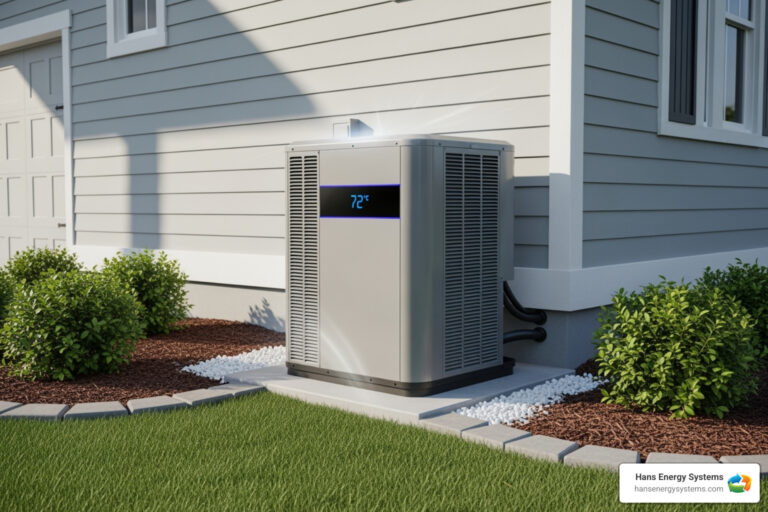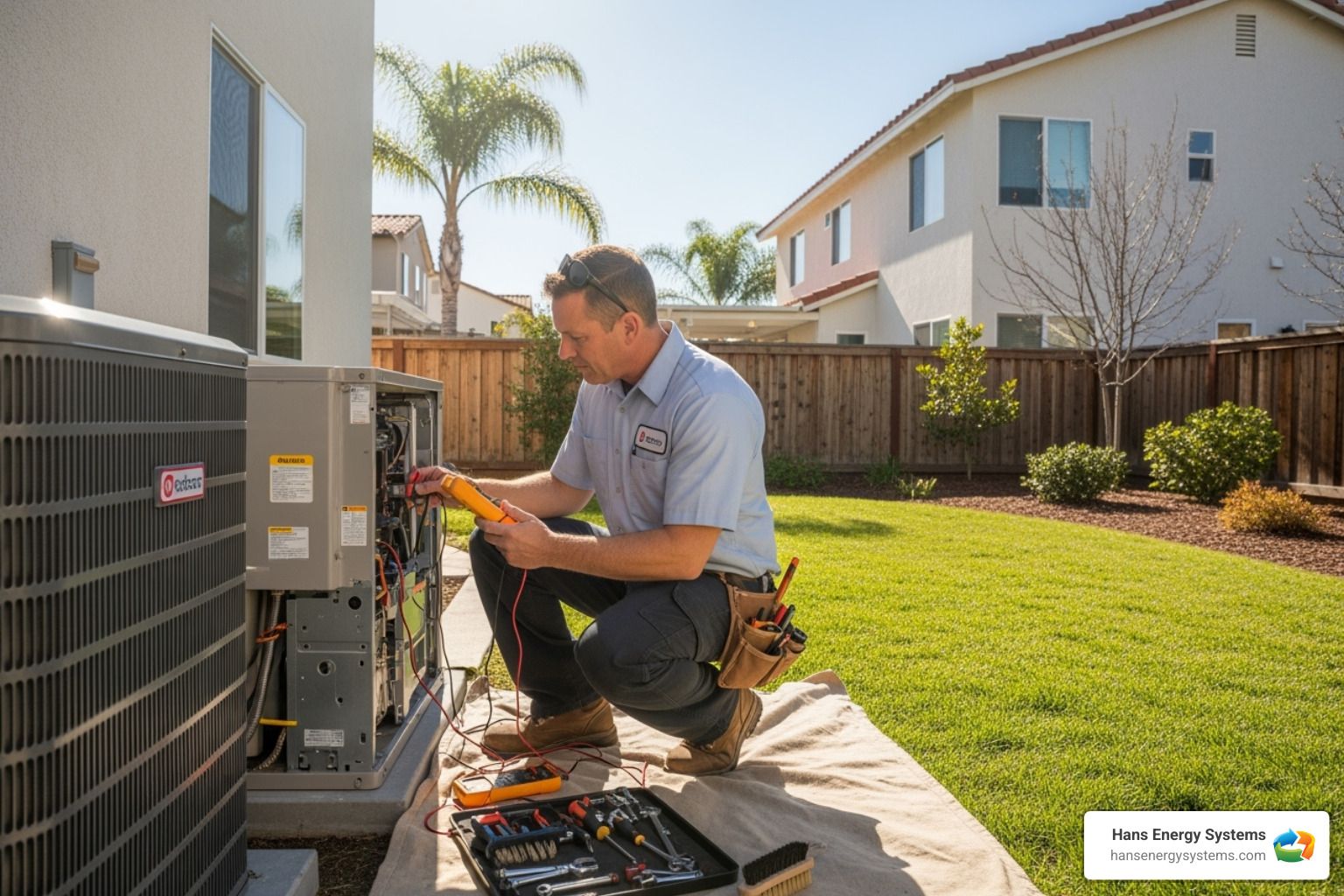Why an HVAC System Upgrade Can Transform Your Home
An HVAC system upgrade can dramatically reduce your energy bills while delivering superior comfort. Modern systems offer 20-40% savings on utility costs, better indoor air quality, and consistent temperatures.
Key Benefits of Upgrading Your HVAC System:
- Energy Savings: Reduce monthly utility bills by 20-40%
- Improved Comfort: Eliminate hot and cold spots
- Better Air Quality: Advanced filtration removes dust, pollen, and allergens
- Smart Controls: Remote access and programmable scheduling
- Increased Home Value: Modern systems boost property appeal
- Environmental Impact: Lower carbon footprint
If you’re dealing with rising energy bills, uneven temperatures, or a system over 10-15 years old, it’s time to consider an upgrade. The Department of Energy recommends replacing HVAC systems after 10 years, as newer models are far more efficient. Even well-maintained systems lose efficiency over time, leading to higher costs for less comfort.
Modern HVAC technology has advanced significantly, offering solutions like zoning systems and ductless mini-splits for precise climate control. Today’s high-efficiency systems can lower energy costs by 20% or more while providing better performance. The right upgrade can transform your daily comfort and long-term savings.
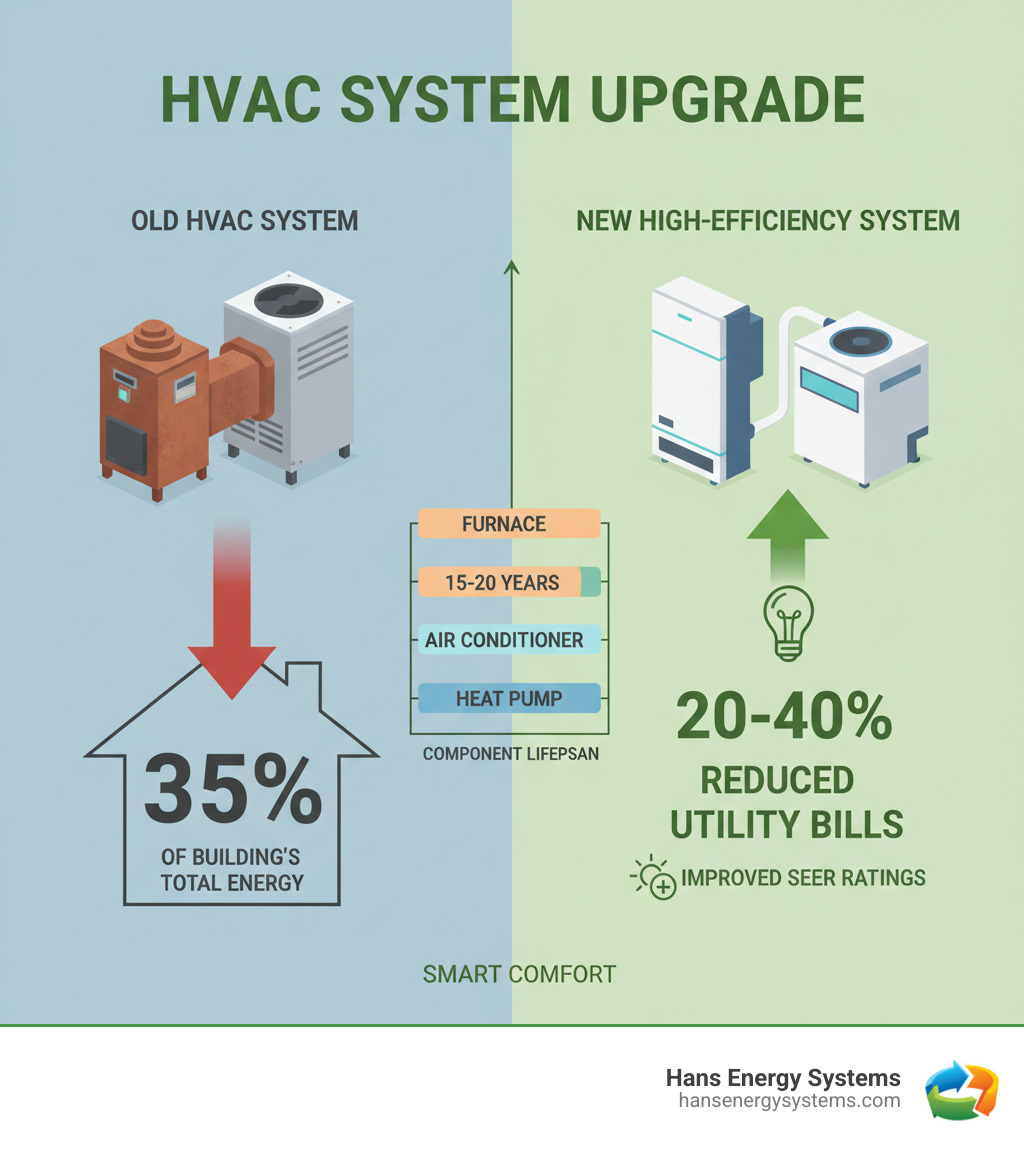
Is Your Current HVAC System Holding You Back?
Shivering in one room while sweating in another? Watching utility bills climb? These are telltale signs that your current HVAC system is holding your home’s comfort and wallet hostage. An outdated system is a significant drain on energy and can impact your daily life. Common symptoms of an aging unit include strange noises, constant thermostat adjustments, excessive dust, and non-stop operation. These are cries for help from an overworked, inefficient system.
The Department of Energy recommends replacing your HVAC system after 10 years. While some units might last 15 years, efficiency drops noticeably beyond that point, leading to higher energy costs and less comfort. If you’re in Poway, CA, and suspect your heating system is failing, Signs You Need Heating Repair in Poway can offer more clarity.

Telltale Signs It’s Time for an Upgrade
Beyond age, several indicators suggest an HVAC system upgrade is needed:
- System Lifespan: Furnaces and boilers typically last 15-20 years, while air conditioners and heat pumps last 10-15 years. If your system is past these benchmarks, its efficiency is likely plummeting.
- Increased Repair Frequency: If your system requires frequent and costly repairs, it’s nearing the end of its useful life. Eventually, the cost of repairs outweighs the benefit of keeping the old unit.
- Noticeable Performance Decline: If your system struggles to maintain your desired temperature, takes too long to heat or cool, or delivers inconsistent comfort, its performance has clearly declined. For more on this, see When to Replace Your AC System in Poway.
The Hidden Drawbacks of an Outdated System
An outdated HVAC system has several hidden drawbacks:
- Energy Waste: Older systems work harder and longer, wasting significant energy. HVAC accounts for around 35% of a building’s energy consumption, and an old system contributes disproportionately to this.
- Poor Indoor Air Quality: Lacking advanced filtration, older systems circulate dust, allergens, and pollutants, which can worsen allergies and respiratory issues.
- Environmental Impact: Higher energy consumption means a larger carbon footprint. Upgrading is a step towards reducing greenhouse gas emissions.
- Decreased Property Value: An outdated HVAC system can deter potential buyers and lower your property’s value. An upgrade can make it more attractive due to better energy efficiency and lower future maintenance.
- Inconsistent Comfort: Hot and cold spots are a direct result of an inefficient system. You might find solutions in Common AC Problems in Poway and Solutions.
The Transformative Benefits of a Modern HVAC System
Imagine your home at the perfect temperature, with fresh, clean air and lower utility bills. This is what a modern HVAC system upgrade delivers. The improvements extend to your family’s daily comfort, health, and finances. Modern systems work smarter, not just harder, delivering better results with less energy.

Opening up Significant Energy Savings
A modern HVAC system upgrade shows up immediately on your utility bills.
Reduced utility bills are a primary benefit. Upgrading your HVAC system can reduce your monthly utility bills by a staggering 20–40%. This means significant savings each month.
The secret is high-efficiency operation. Today’s systems use advanced technology for optimal performance while consuming less energy, avoiding the wasteful on-off cycling of older units. These savings compound over time, and our Heating Replacement in Poway guide offers more details on efficiency improvements.
Enhancing Home Comfort and Indoor Air Quality
A modern HVAC system upgrade transforms your home’s feel and air quality.
Consistent temperatures become the new normal, eliminating hot and cold spots. Modern systems, especially with zoning, ensure every room maintains your desired temperature.
Better humidity control is another key benefit. Proper humidity levels make the air feel more comfortable, prevent mold growth, and reduce skin and respiratory irritation. New systems maintain ideal humidity automatically.
Advanced air filtration can be life-changing for those with allergies. These systems use HEPA filters to trap tiny particles like dust, pollen, mold spores, bacteria, and pet dander. Combining a new HVAC with air purification creates a genuinely cleaner, healthier environment where your family can breathe easier.
Exploring Your HVAC System Upgrade Options
Planning an HVAC system upgrade means finding the right approach for your home’s needs. Modern HVAC technology is flexible, offering options from full replacement to strategic upgrades. You can achieve remarkable improvements by targeting your biggest comfort challenges. For a complete overview, see our HVAC Services in Poway, CA.
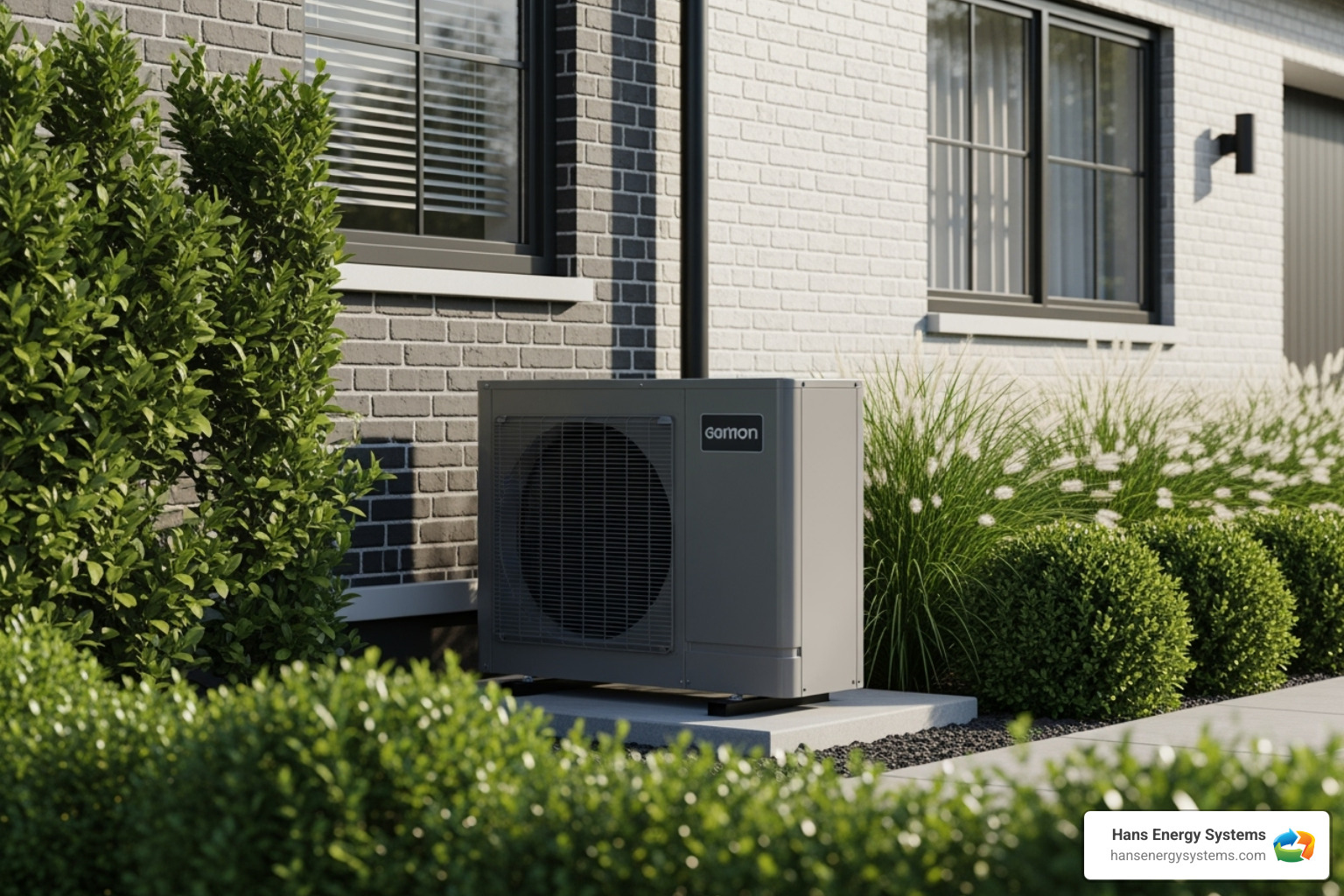
Full Replacement vs. Strategic Retrofitting
Full system replacement is best when your current system is past its 15-20 year lifespan, needs constant repairs, or can’t meet your comfort needs. A full replacement ensures all components work together for maximum efficiency.
HVAC retrofitting is a more targeted approach, upgrading specific weak links like the air handler or fan motor. This can be a cost-effective way to improve comfort and efficiency with a smaller upfront investment. However, ensuring component compatibility is crucial for your new upgrades to work with existing equipment. A complete HVAC system upgrade is likely the best choice if your current system uses outdated refrigerants, needs frequent repairs, or provides inconsistent comfort.
The Ultimate in Smart Comfort: Zoning and Ductless Mini-Splits
For personalized comfort, consider HVAC zoning and ductless mini-split systems.
Room-by-room control with zoning systems divides your home into distinct comfort zones, each with its own thermostat. Dampers in the ductwork direct conditioned air only where it’s needed, so you don’t have to heat or cool unused rooms.
Ductless mini-split systems are highly flexible, especially for homes without ductwork. They pair an outdoor unit with one or more indoor air handlers, each operating independently for precise control over individual rooms.
Both solutions excel at eliminating hot and cold spots by providing targeted comfort. The energy efficiency of zoning is significant, as you only use energy to condition occupied spaces, leading to lower utility bills. These systems are ideal for additions, sunrooms, or converted garages. Our AC Installation in Poway, CA page has more details on these smart comfort solutions.
Making the Most of Your HVAC System Upgrade
To maximize your HVAC system upgrade, it’s crucial to understand modern efficiency technology and the importance of professional installation. This ensures you get the most value from your investment in year-round comfort and energy savings.
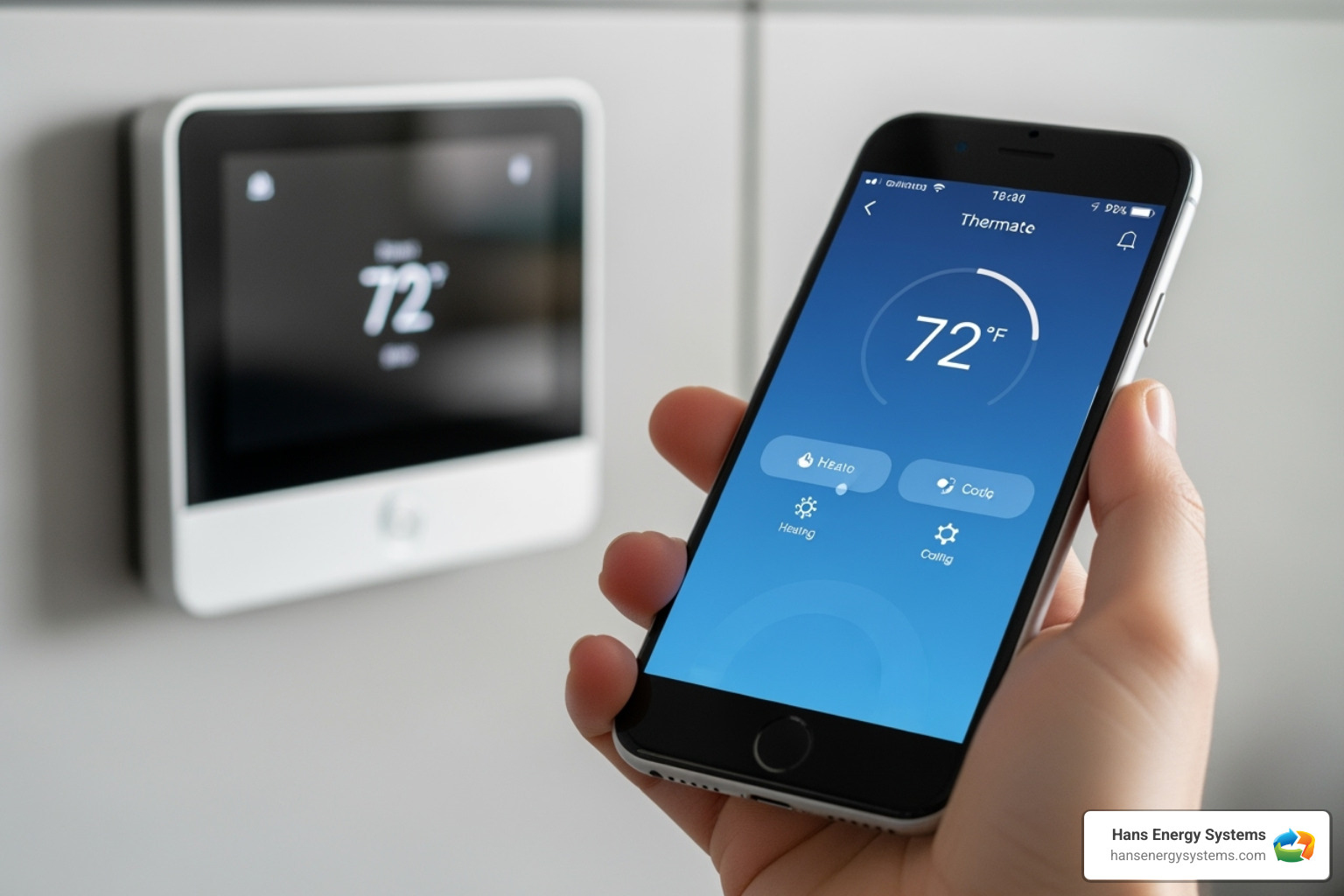
Understanding Efficiency Ratings and Smart Technology
To make the best choice, you need to understand what efficiency ratings mean.
- SEER (Seasonal Energy Efficiency Ratio): For air conditioners and heat pumps, a higher SEER rating means greater cooling efficiency and lower electricity use.
- AFUE (Annual Fuel Utilization Efficiency): For furnaces, a higher AFUE rating means more of the fuel is converted into heat for your home. High-efficiency furnaces should have an AFUE of 90% or more.
- ENERGY STAR®: Look for this label. It’s an independent certification guaranteeing the system meets strict efficiency guidelines, saving energy without sacrificing performance.
Smart thermostats add another layer of efficiency. These devices learn your habits, automatically adjusting temperatures and allowing remote control via your smartphone. This automation can save an additional 12-15% on electricity bills.
Why Professional Installation is Non-Negotiable for your HVAC system upgrade
While DIY is popular, professional installation for an HVAC system upgrade is essential. It’s the difference between a system that performs well for decades and an expensive headache.
- Proper System Sizing: Professionals perform detailed load calculations to determine the correct system size for your home. An improperly sized unit wastes energy and wears out faster.
- Safety Standards: HVAC systems involve electricity, refrigerants, and gas lines. Certified technicians follow strict safety codes to prevent hazards like leaks or fires.
- Warranty Protection: Most manufacturers require certified installation to keep your warranty valid. DIY or unlicensed work can void it.
- Optimal Performance: Professionals ensure correct refrigerant charge, airflow, and sealed ductwork. They also perform a ductwork inspection to seal leaks that can waste up to 30% of your conditioned air.
At Hans Energy Systems, our experienced team serves San Diego County, ensuring every installation meets the highest standards. Learn more in our Professional AC Installation for Your Home guide. A professionally installed system, paired with our HVAC Maintenance Plan in Poway, CA, will deliver reliable, efficient, and safe performance for its entire lifespan.
Frequently Asked Questions about HVAC Upgrades
Choosing an HVAC system upgrade is a significant investment, and it’s natural to have questions. Here are answers to some of the most common ones we hear from homeowners in San Diego County.
How do I know what size HVAC system my home needs?
Proper HVAC sizing is crucial, and it’s not a guessing game. A professional technician calculates the right size based on your home’s square footage, layout, insulation quality, windows, and the local climate.
An oversized system will cycle on and off too quickly, failing to properly dehumidify the air and causing uncomfortable temperature swings. An undersized system will run constantly without reaching the desired temperature, driving up energy bills. A qualified professional performs a detailed load calculation to determine the ideal system size for optimal performance and efficiency.
How does an HVAC upgrade improve my home’s indoor air quality?
An HVAC system upgrade transforms the air you breathe. Modern systems offer superior filtration with high-MERV or HEPA filters that trap tiny particles like dust, pollen, pet dander, mold spores, and bacteria.
Many new systems can also integrate whole-home humidifiers and dehumidifiers to maintain ideal humidity levels, preventing stickiness and mold or dryness and static. For even cleaner air, advanced air purifiers like UV lamps can be added to kill airborne germs. Finally, improved ventilation brings in fresh air while expelling stale indoor air, creating a healthier environment.
What is the difference between a heat pump and a traditional air conditioner?
A traditional air conditioner is a cooling-only system that moves heat from inside your home to the outside.
A heat pump is a versatile two-in-one system that provides both cooling and heating. In summer, it functions like an air conditioner. In winter, it reverses its operation, extracting heat from the outside air and moving it inside to warm your home. This process is highly energy-efficient because it moves heat rather than creating it. This dual functionality makes heat pumps an excellent, efficient choice, especially for the moderate climate in San Diego County.
Conclusion: Upgrade to a Smarter, More Comfortable Home
Your home should be a sanctuary of comfort. If it’s not, an HVAC system upgrade can change everything. An upgrade delivers significant energy savings of 20-40%, superior comfort by eliminating hot and cold spots, and healthier air for your family’s well-being.
For the ultimate in personalized climate control, zoning systems offer the ability to set different temperatures in different rooms automatically.
Here in San Diego County, Hans Energy Systems has seen how the right HVAC system upgrade transforms homes. We help families move from high bills and frustration to smart savings and genuine comfort. Our commitment is to ensure your upgrade delivers a smarter, more efficient home. Modern systems work smarter, integrating with your lifestyle through smart controls for consistent performance.
Ready to make the leap? Take control of your home’s comfort and efficiency with a modern mini-split system or let us help you explore the perfect upgrade solution for your home. Your future self and your wallet will thank you.


